Anyone experienced with cordwood building??
hengal
21 years ago
Featured Answer
Comments (19)
texasjohn
21 years agolast modified: 9 years agoLOVEZUKES
21 years agolast modified: 9 years agoRelated Professionals
Wakefield Landscape Contractors · Alamo Landscape Contractors · Alpharetta Landscape Contractors · Americus Landscape Contractors · Cupertino Landscape Contractors · Hicksville Landscape Contractors · Monterey Landscape Contractors · Palm Beach Gardens Landscape Contractors · Wayland Landscape Contractors · Four Corners Landscape Contractors · Cherry Hill Siding & Exteriors · Derry Siding & Exteriors · Germantown Siding & Exteriors · Inwood Siding & Exteriors · Woodbridge Siding & Exteriorshengal
21 years agolast modified: 9 years agomary1990
20 years agolast modified: 9 years agolilgasunshine
19 years agolast modified: 9 years agoruthieg__tx
19 years agolast modified: 9 years agorosebush
16 years agolast modified: 9 years agojoel_bc
16 years agolast modified: 9 years agorosebush
16 years agolast modified: 9 years agojaybc
16 years agolast modified: 9 years agorosebush
16 years agolast modified: 9 years agofruithack
16 years agolast modified: 9 years agojaybc
16 years agolast modified: 9 years agofruithack
16 years agolast modified: 9 years agojaybc
16 years agolast modified: 9 years agonatureboy529
15 years agolast modified: 9 years agoreyesuela
14 years agolast modified: 9 years agogranta_gmail_com
13 years agolast modified: 9 years ago
Related Stories
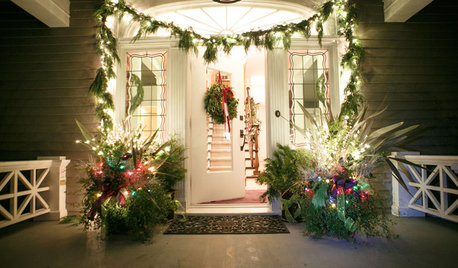
LIFE10 Ways to Cope With Grief During the Holidays
If you are experiencing loss, take it from an experienced griever — life has changed forever, but it does get better
Full Story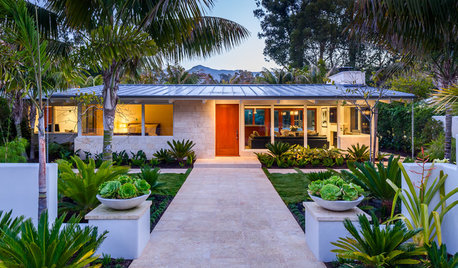
REMODELING GUIDESSo You Want to Build: 7 Steps to Creating a New Home
Get the house you envision — and even enjoy the process — by following this architect's guide to building a new home
Full Story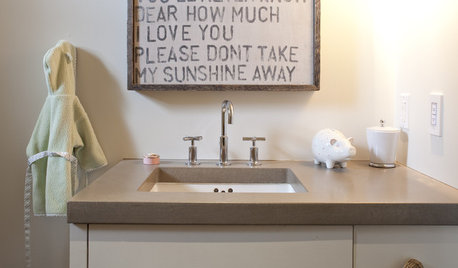
GREEN BUILDINGEasy Green: 10 Ways Toward a Zero-Energy Home
Imagine never paying an electric bill again. With a zero-energy home, it's possible — and anyone can make it happen
Full Story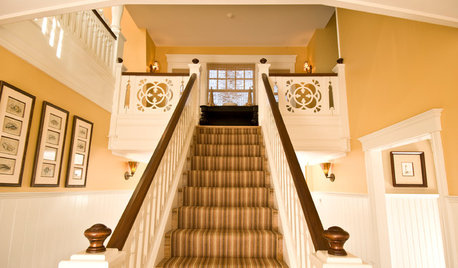
CONTRACTOR TIPSBuilding Permits: The Submittal Process
In part 2 of our series examining the building permit process, learn what to do and expect as you seek approval for your project
Full Story
GREEN BUILDINGInsulation Basics: Heat, R-Value and the Building Envelope
Learn how heat moves through a home and the materials that can stop it, to make sure your insulation is as effective as you think
Full Story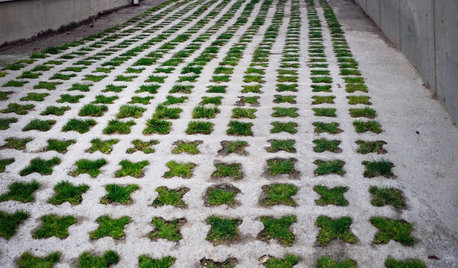
EARTH DAYHow to Build a Greener Driveway
Install a permeable driveway to keep pollutants out of water sources and groundwater levels balanced
Full Story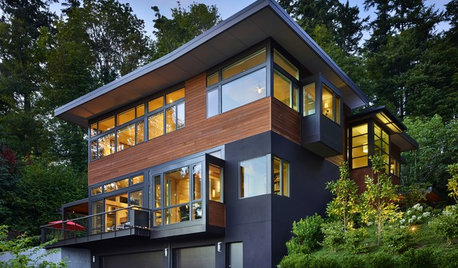
REMODELING GUIDES6 Steps to Planning a Successful Building Project
Put in time on the front end to ensure that your home will match your vision in the end
Full Story
CONTRACTOR TIPSBuilding Permits: 10 Critical Code Requirements for Every Project
In Part 3 of our series examining the building permit process, we highlight 10 code requirements you should never ignore
Full Story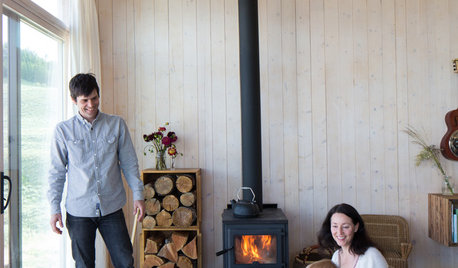
HOUZZ TOURSHouzz Tour: Family Builds Off the Grid Near the Cascade Mountains
Homeowners carefully construct a weekend home on 20 acres in remote northeast Washington
Full Story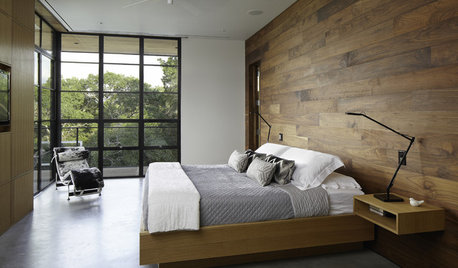
REMODELING GUIDESConstruction Timelines: What to Know Before You Build
Learn the details of building schedules to lessen frustration, help your project go smoothly and prevent delays
Full StorySponsored






jaybc